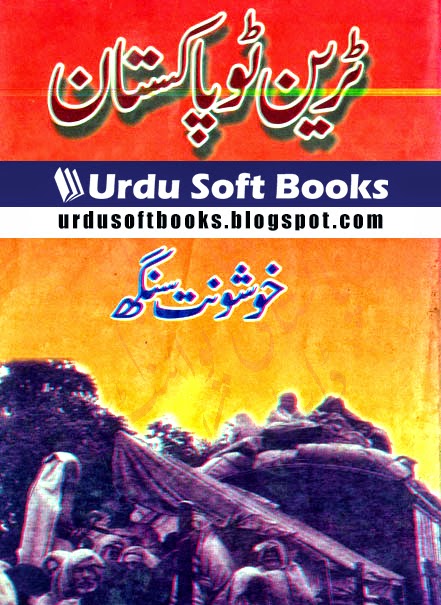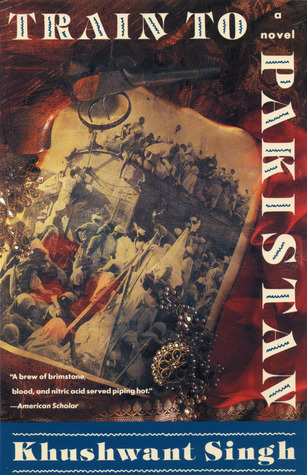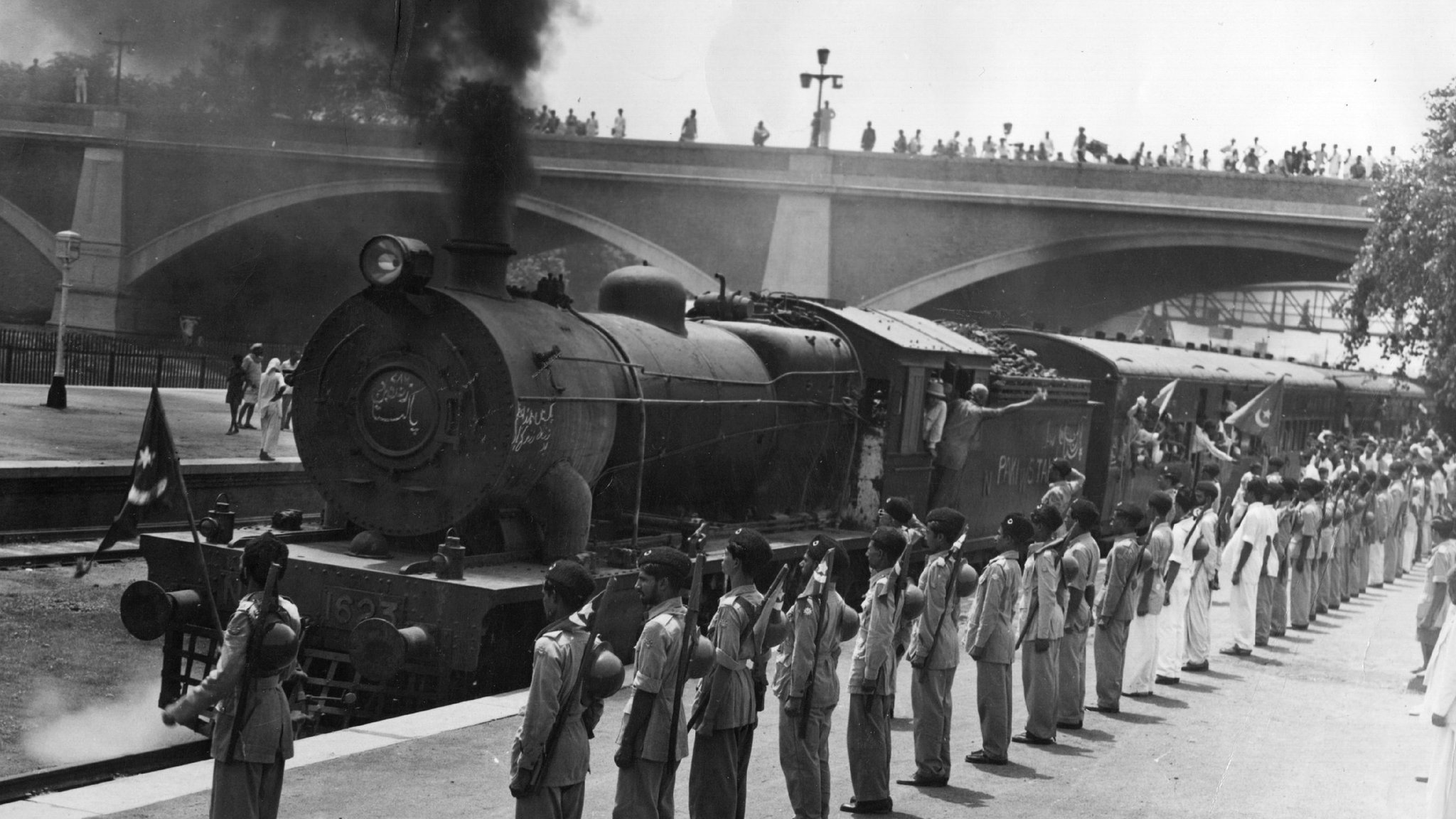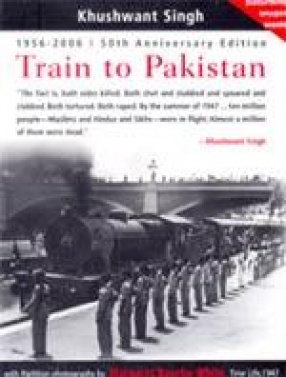

In the passages that detail village life before the police arrived, an atmosphere vaguely reminiscent of Sir Salman Rushdie’s work (think the Kashmiri village in Shalimar the Clown) is created, with the few individuals that Singh selects for closer inspection appearing warmly, starkly, in front of the reader. Incidentally, both police officers are Hindus and, like the murderous gang, outsiders to the village. Additionally, a deputy commissioner arrives and oversees the procedure, but he is also responsible for bringing the village ‘up to date’, for introducing it to the upheavals that were troubling the nation, and especially the region, in 1947.

It is this murder that summons the rest of the world to appear in Mano Majra, first in the form of a sub-inspector, charged with clearing up the circumstances of the crime. Jugga, a mischief and troublemaker with a criminal record, has had a falling-out with some local gangsters and rowdies, and while he is engaging in a secret tryst with his lover, his former mates and fellow “dacoits” (a Hindi word meaning “outlaw” or “robber”) make a surprise visit to the city, killing and robbing the Lala Ram Lal, the moneylender. The Romeo-and-Juliet-esque story of Jugga, who is both a “budmash” (an English word of Persian origin meaning “a worthless person” or “a bad character”) and a Sikh, and his love Nooran, who’s a Muslim weaver’s daughter, is a clear indication of the direction that the book is going to take. At the beginning, though, we are presented with a village that shimmers with charm, meaning and possibilities, and a story with just as many possibilities, and even more charm. Oddly enough, once the allegorical nature of much of the book’s narrative is established, Singh tries to reverse the process in the second half, piling on geographical and historical references aplenty, clearly not completely trusting his readers to make the connection of Mano Majra’s history to the broader history of the region in particular and India in general. We quickly realize that realism can’t be expected from this book, that its stakes and ambitions are higher than that.

As schematic as this description of the village is, so is the rest of Train to Pakistan‘s construction, including the sentimental love story threaded through it. The Sikhs own all the land around the village the Muslims are tenants and share all the tilling with the owners. The other are Sikhs and Muslims, about equal in number. …) There are only about 70 families and Lala Ram Lal’s is the only Hindu family. The three brick buildings enclose a triangular common with a large peepul tree in the middle.

The other two are the Sikh temple and the mosque. It has only three brick buildings, one of which is the home of the moneylender Lala Ram Lal. These roles are already visible in this early description of the village Mano Majra is a tiny place. It’s also the reason why Singh’s characters are paper-thin, with just enough depth to fill out the roles assigned to them. It’s a well-worn, fairly common construction, one that every reader can be relied upon to recognize, and thus perfectly suited for didactic purposes. The roles of Sikhs, Muslims and Hindus within the novel form what appears to be a central subtext to its narrative, which employs the village as a metaphor to discuss the fate of a whole nation or nationality. Most of the characters onTrain to Pakistan are, in fact, Sikh or Muslim. Information like this allows us to situate the village in the province of Punjab (the region Punjab consists of several provinces, one of which is also called Punjab), which is relevant, since Punjab is an Indian province that is predominantly Sikh, as far as ethnicity and religion is concerned, and it is the conflict between Sikhs and Muslims in the year of the partition that forms the novel’s main impetus. There are five major rivers in the region, one of which is the Sutlej, “half a mile“ from Mano Majra. Singh’s novel is set in Mano Majra, a village in the Punjab, a border region between Pakistan and India, shared by both countries. Nevertheless, the most important trope, the basic constellation of the book seems clear, even more so since it’s a widely used topos in world literature. In the absence of that in-depth knowledge, readings (such as mine) may fall short of properly assessing the power of tropes and images used by Singh.


 0 kommentar(er)
0 kommentar(er)
